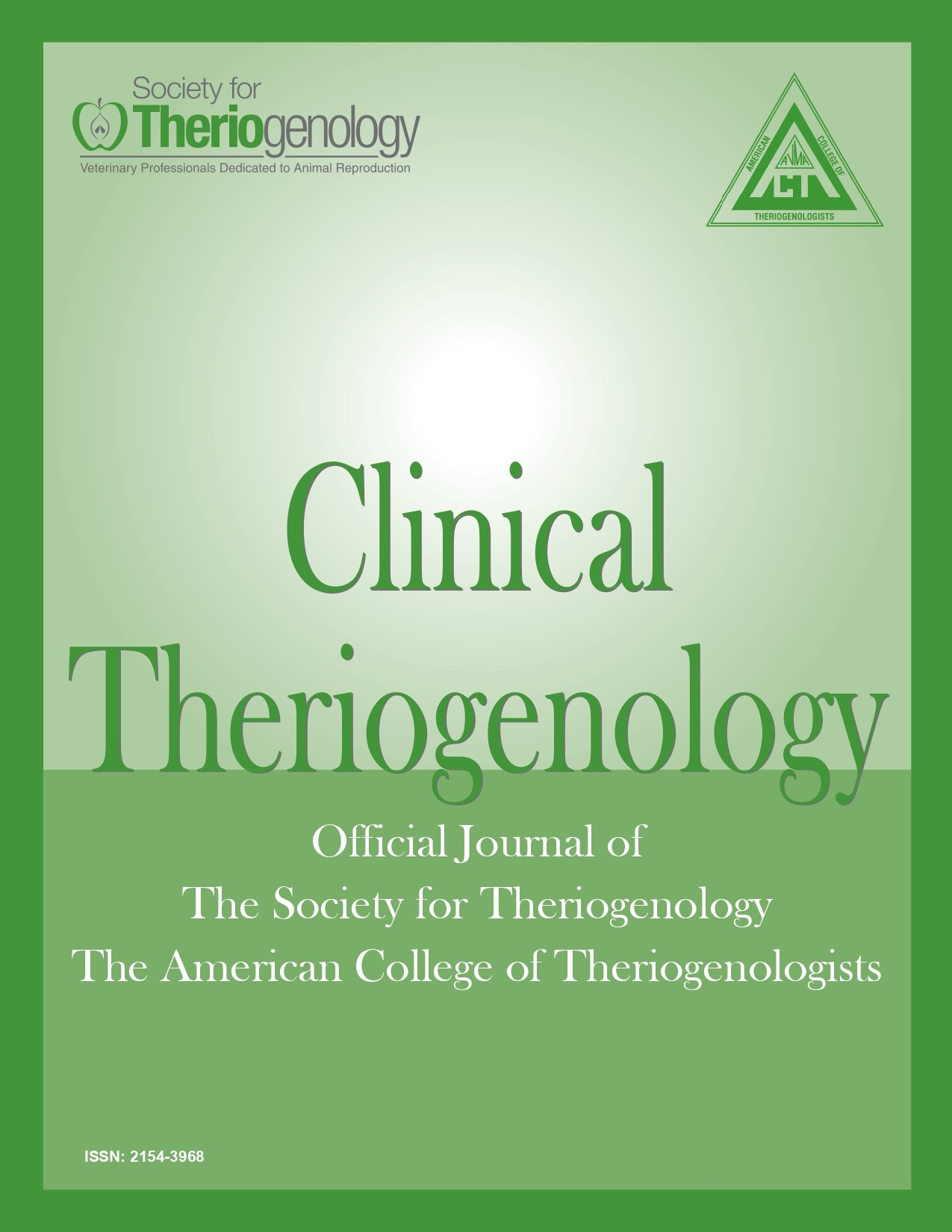How outdated perceptions have reshaped dog marketplace
Abstract
Rates of household dog ownership in the United States have never been higher, according to the American Veterinary Medical Association, which has tracked this statistic since 1982.1 Likewise, market research shows significant growth in the number of U.S. dogs, with 1 firm estimating the number in 2017 at 89.7 million, an increase of 24% since 2000.2 This widely documented upturn in dog ownership is especially noteworthy in view of parallel decreases in number of dogs being produced in the United States by long-standing sources. This reduction affects both mixes and purebreds and is confirmed by multiple sources, including purebred registries, shelter statistics and breeder databases. Objectives of this study were to examine consumer perceptions and preferences regarding dog acquisition and identify how these trends and perceptions impact availability, sustainability, type and quality of pet dogs. The study confirmed high levels of dog ownership reported by other studies, assessed public’s intention to acquire dogs in the future and identified preferences for several dog characteristics. The perception of dog overpopulation strongly influenced the type of dog preferred and where to acquire it. A majority of respondents was unaware of the large number of rescue dogs routinely imported into their area for adoption, a practice that keeps local supply and demand for pet dogs in equilibrium and obscures decreases in locally produced dogs.
Downloads

This work is licensed under a Creative Commons Attribution-NonCommercial 4.0 International License.
Authors retain copyright of their work, with first publication rights granted to Clinical Theriogenology. Read more about copyright and licensing here.





